As a kiosk expert, "Beautiful kiosk design" refers to a harmonious blend of aesthetics, functionality, and user experience. It’s not just about visual appeal but also how the design enhances the overall interaction with the kiosk. A beautiful kiosk design typically manifests in several key aspects:
Aesthetics: The visual elements, including color schemes, materials, and form factor, are carefully chosen to align with the brand’s identity and the environment in which the kiosk will be placed. The design should be sleek, modern, and inviting.
User-Centric Design: The interface is intuitive and user-friendly, making it easy for users to navigate and complete their tasks. Thoughtful layout, clear instructions, and responsive touchscreens contribute to a seamless experience.
Ergonomics: The design considers the comfort and accessibility of all users. Whether standing or sitting, the kiosk is designed to be easily accessible, with the screen at a comfortable height and angle.
Integration with Environment: A beautiful kiosk design complements its surroundings, whether indoors or outdoors. It’s designed to blend in or stand out as needed, considering factors like lighting, space, and environmental conditions.
Durability and Quality: The materials used are not only visually appealing but also durable, ensuring the kiosk maintains its beauty and functionality over time.
Customization and Branding: The kiosk is customized to reflect the brand’s unique identity, with logos, colors, and other branding elements integrated seamlessly into the design.
Innovative Features: Incorporating cutting-edge technology, such as interactive displays, and sleek interfaces, enhances both the functionality and the visual appeal of the kiosk.
A beautiful kiosk design is one that balances these elements, creating a product that is not only attractive but also effective and pleasant to use.

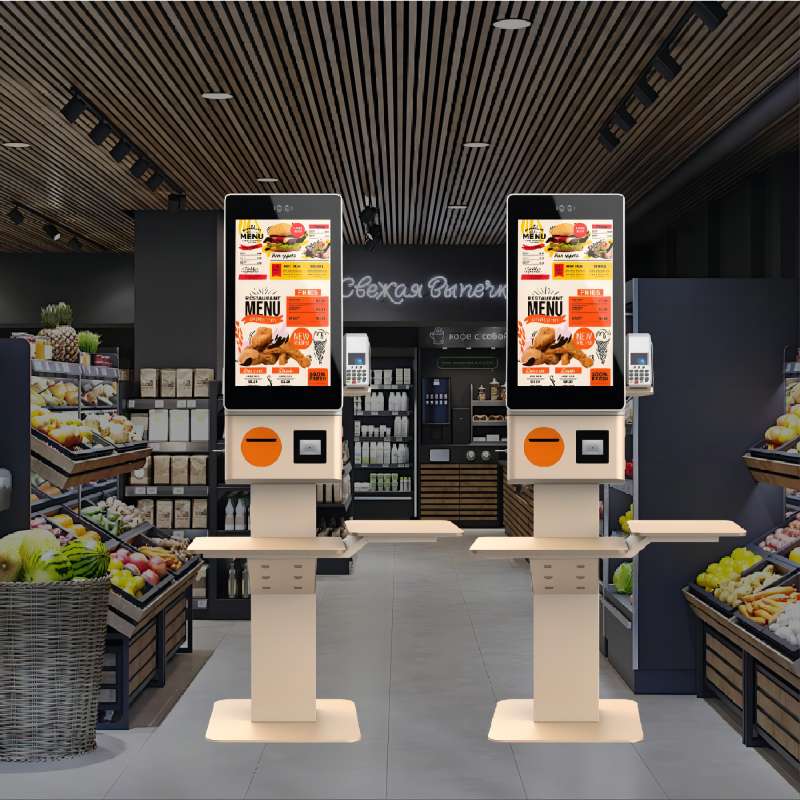

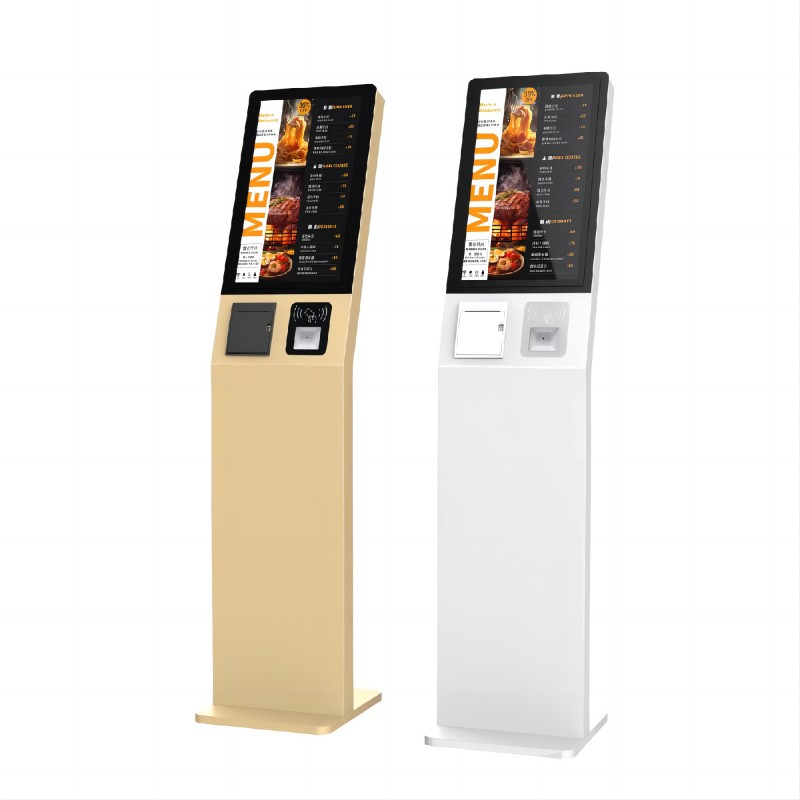
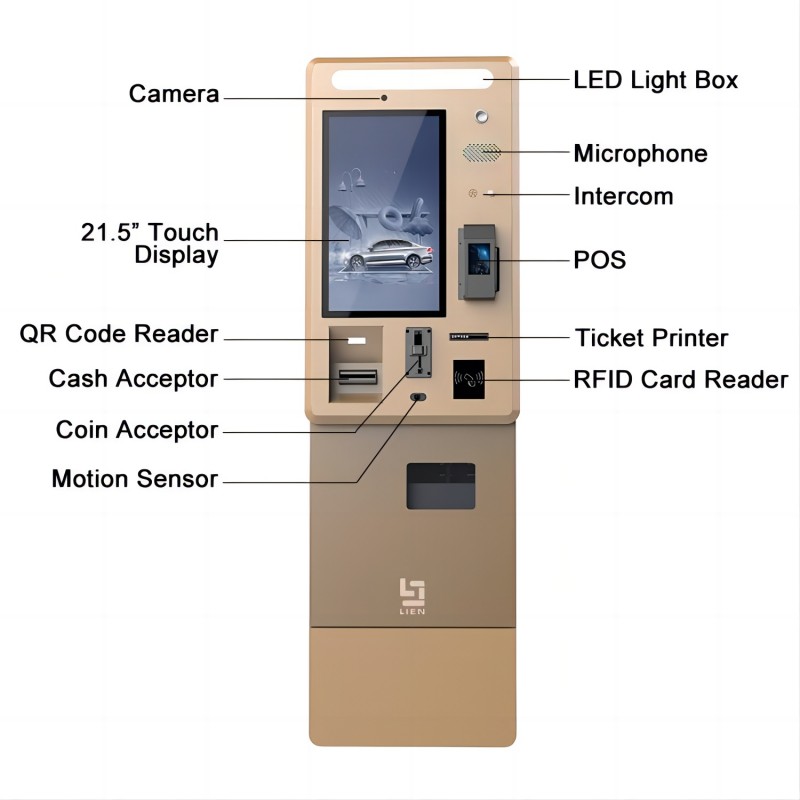
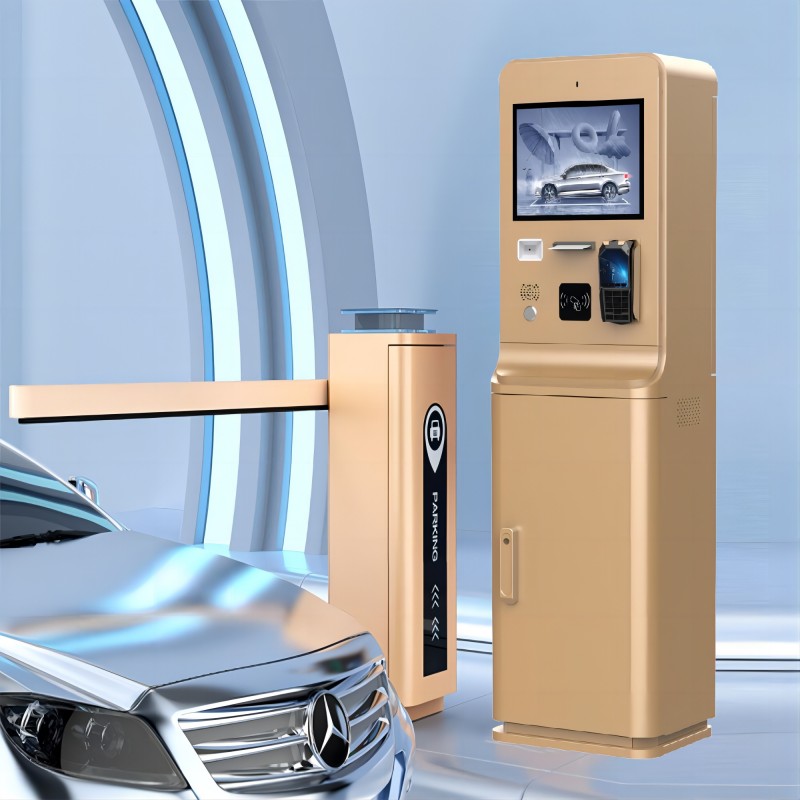
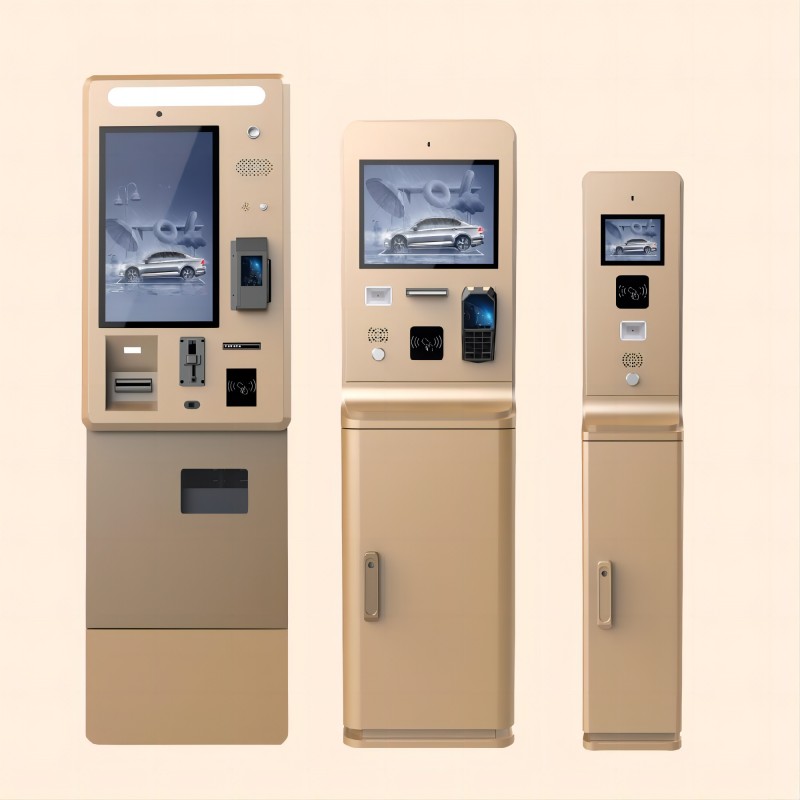
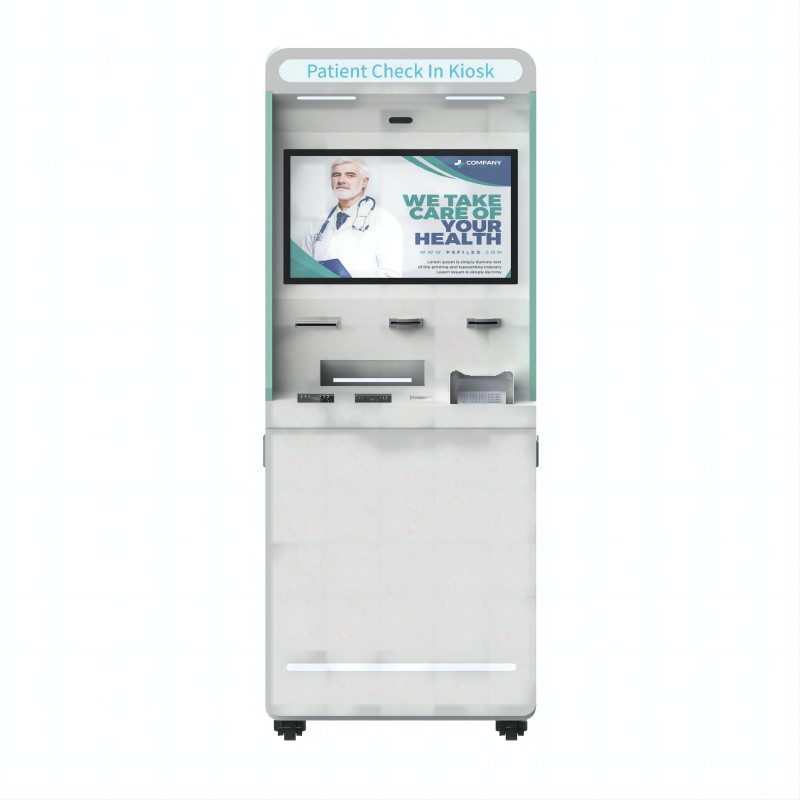
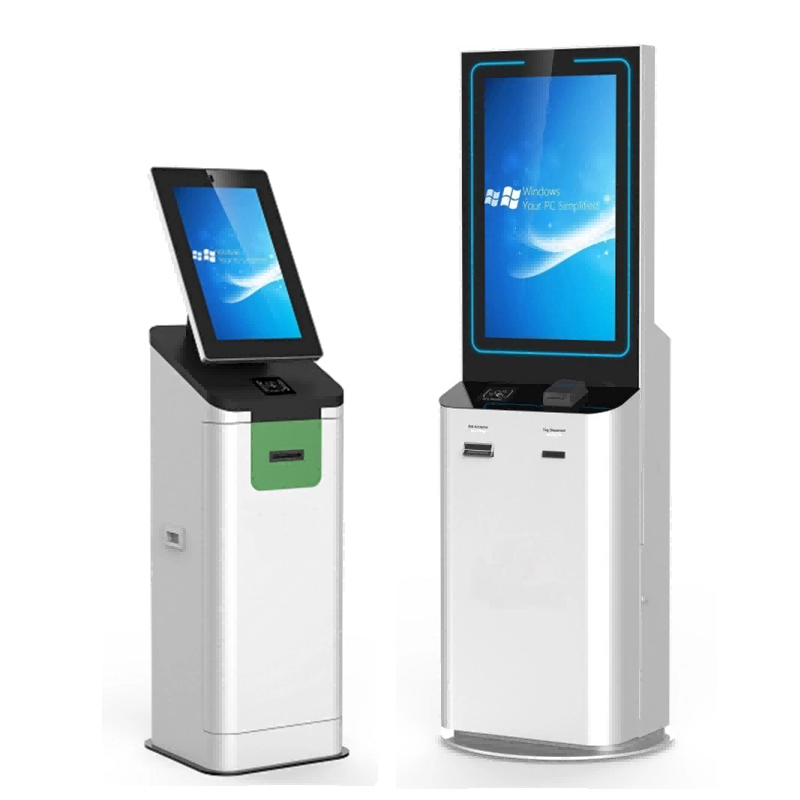
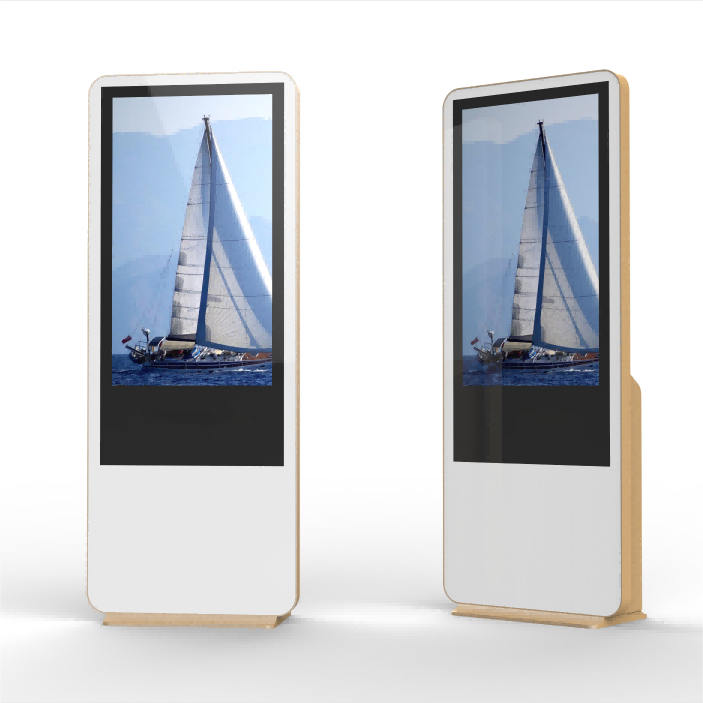

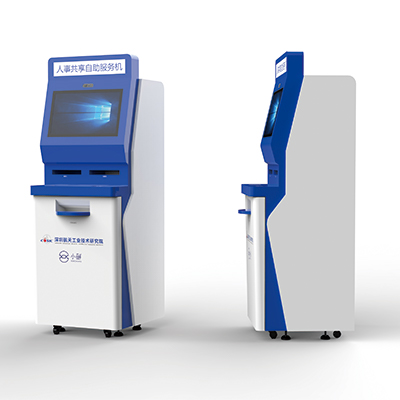
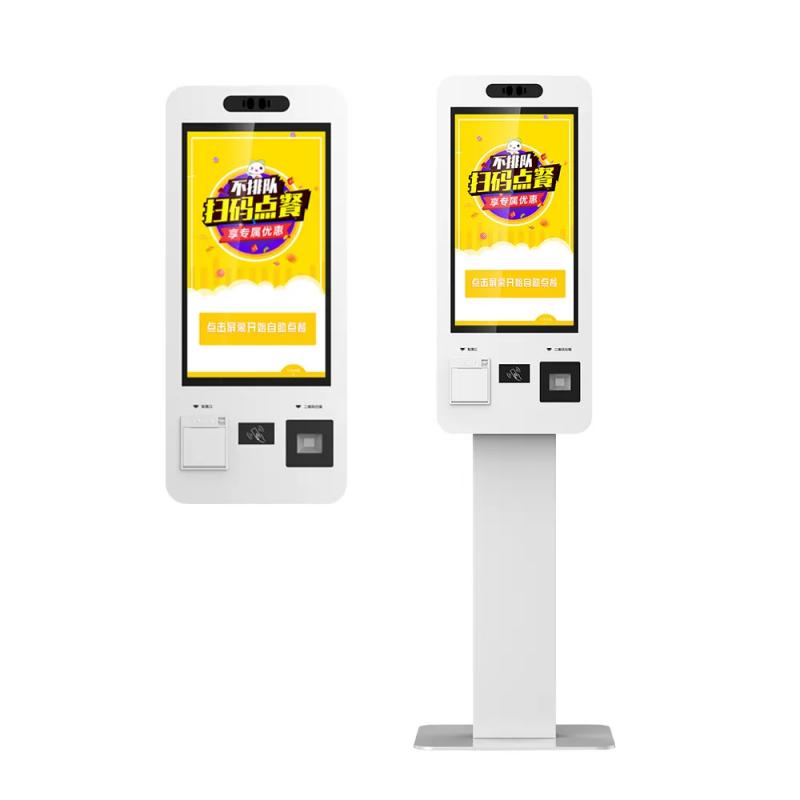
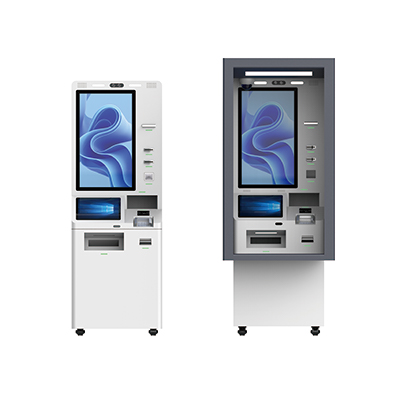
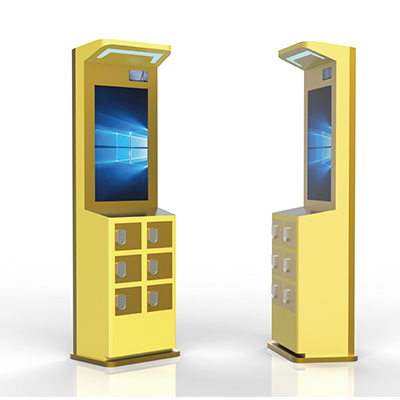

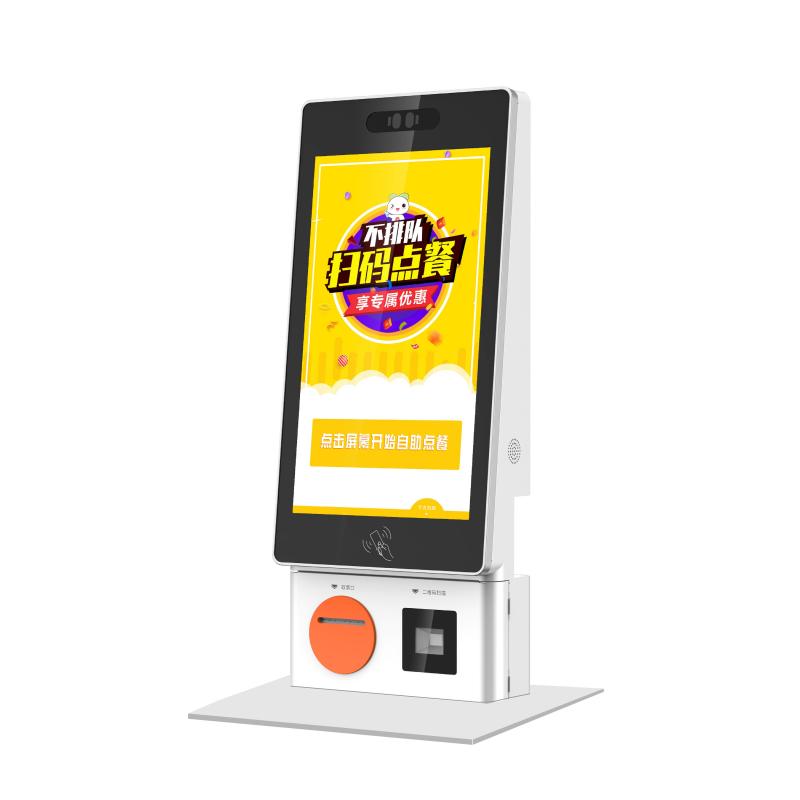
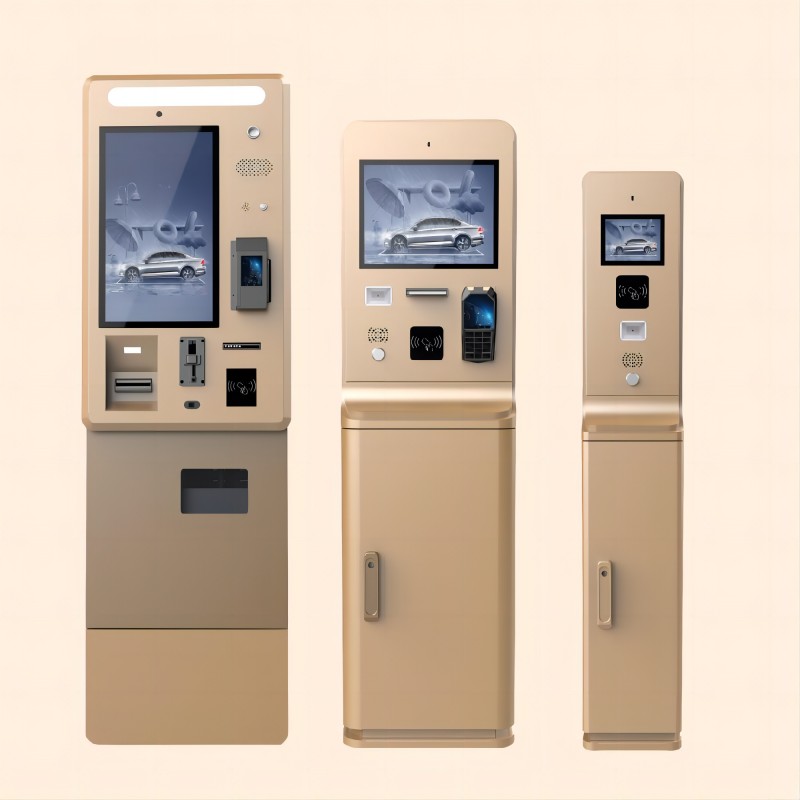
What did our happy clients say?
This kiosk manufacturer demonstrates a profound understanding of kiosk design, blending aesthetics with functionality seamlessly. Their designs are both user-centric and technologically advanced, setting a new standard in the industry.
Their expertise in kiosk design is evident in the thoughtful integration of cutting-edge technology and user-friendly interfaces. Every aspect is meticulously crafted, reflecting their deep industry knowledge.
This manufacturer’s approach to kiosk design is comprehensive and professional, ensuring that each solution is tailored to meet specific needs while maintaining high standards of durability and usability.
Their mastery in kiosk design shines through in every project. They effectively combine innovative design elements with practical functionality, showcasing a thorough and professional grasp of what makes a successful kiosk.